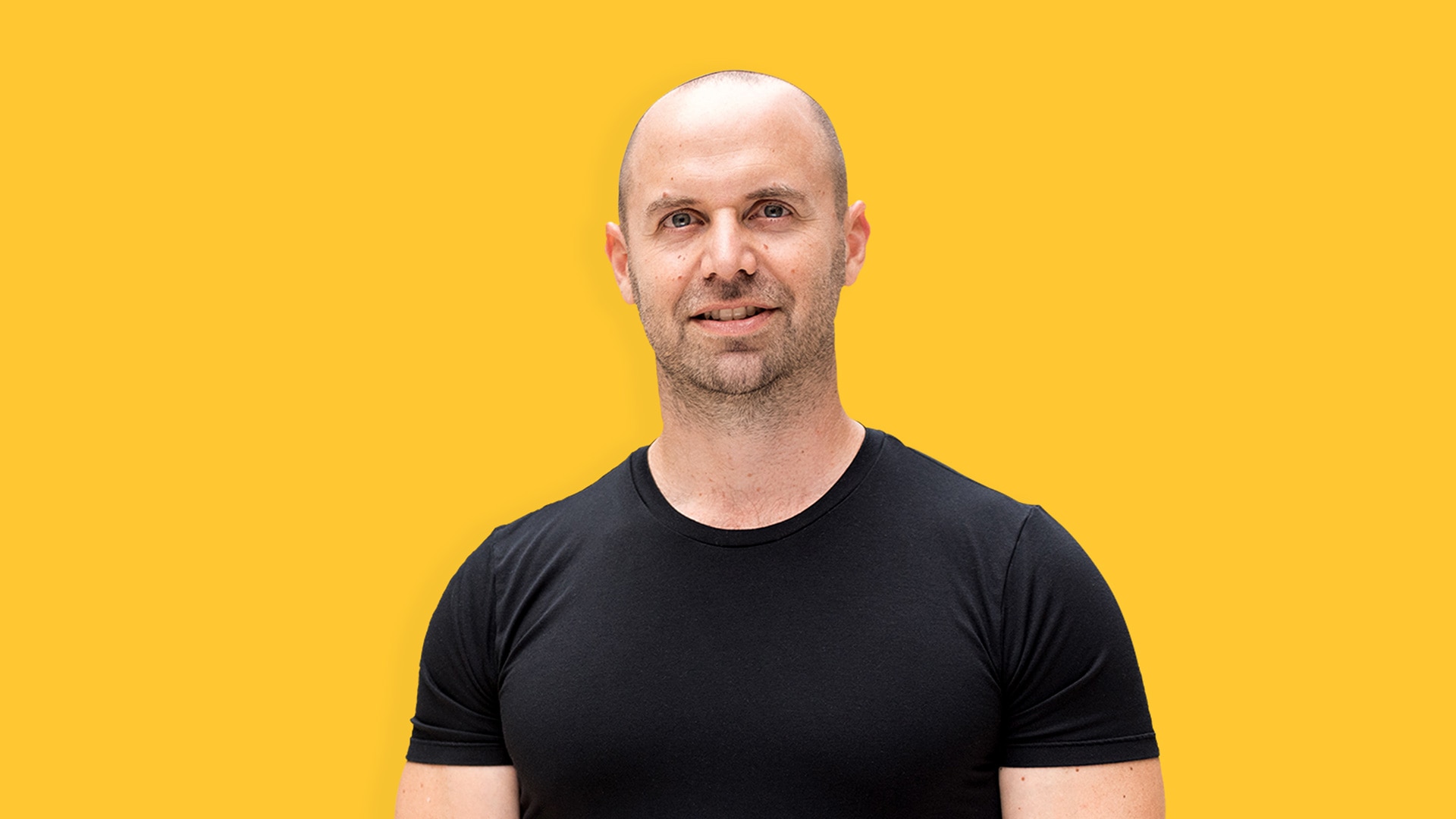In our State of Curiosity Report, published in October 2016, we examined trends in curiosity, measured in four dimensions: inquisitiveness, openness to other ideas, creativity in problem solving, and distress tolerance, among workers in China, Germany, and the United States. The report found that while workers in all three countries have areas to improve when it comes to their practice of curiosity at work, distress tolerance is an area of weakness across all markets.
Dr. Kashdan underscores the importance of the report findings on distress tolerance, asserting that “being able to tolerate distress is an essential skill for navigating the shoals of everyday decision-making. The survey results suggest that these skills are lagging behind the skills required for completing specific job related tasks. I would argue that distress tolerance is a meta-skill that is more important than industry knowledge and skills. If you can tolerate distress, you can be open to the changes that cannot be predicted. You can stay the course or search for alternative paths as needed. Distress tolerance is the foundation for becoming an agile person in an agile organization.”
The State of Curiosity Report found that average scores for the four dimensions of curiosity varied widely by country. Notably, when breaking down China’s overall Curiosity Index score by the four dimensions, employees in China scored markedly lowest on distress tolerance.
Dr. Kunlin Wei, professor of psychology at Peking University in China, hypothesizes that Chinese culture factors significantly into the trends observed in the State of Curiosity Survey.
“Chinese culture emphasizes collective values, and the society is also an authoritative one. In companies, perfect execution is encouraged, and human errors are not that tolerable as in the west,“ according to Dr. Wei. “The pressure for reducing uncertainty and minimizing errors is propagated from the top down. Thus, the employees exhibit significantly lower distress tolerance.“
Dr. Kashdan builds on this assertion, “In East Asian contexts, people are more likely to view themselves as interdependent — fundamentally connected to others and responsive to situational demands. Your sense of self can be deflated by social blunders made by another employee on your team, your family members, or your close friends... so it is not surprising that the ability to tolerate distress is lower in China.”
Noteworthy is the fact that while overall distress tolerance scores are low, more than half of workers with final decision-making authority in China have high distress tolerance scores. Those with decision-making authority possess greater power than their peers, which can result in a personal sense of control over their actions.


